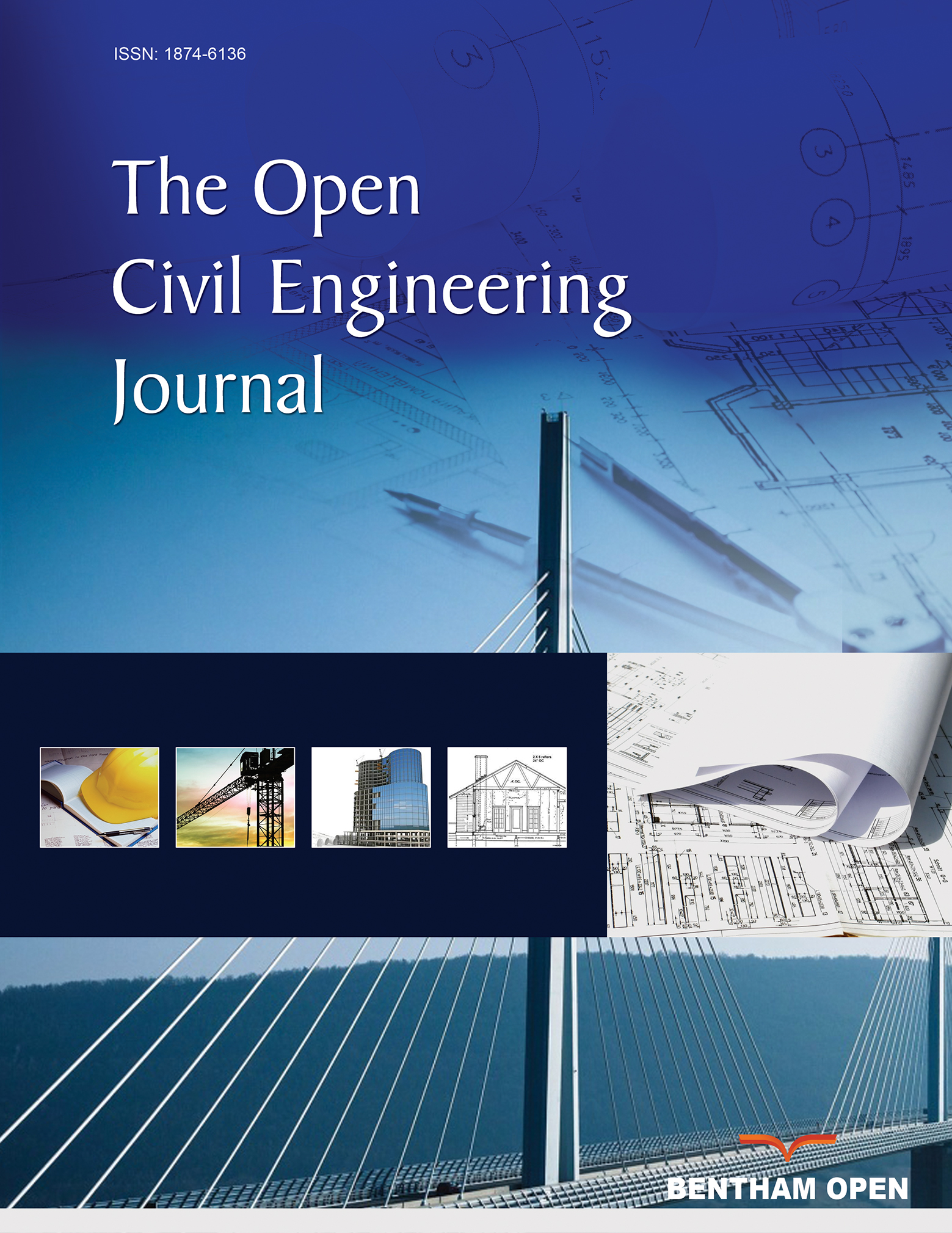All published articles of this journal are available on ScienceDirect.
Seismic Behaviour of 17th Century Khusro Tomb due to Site-Specific Ground Motion
Abstract
Introduction:
Site Specific time history analysis is performed on a 17th century old Khusro Tomb built-in 1622 A.D. by Sultan Nisar Begum. It is a beautiful example of Mughal architecture.
Methods:
A 3-D finite element model is prepared on Ansys Workbench. Gravity analysis results show the behaviour of Tomb due to its geometry and stress variation is plotted in a form of contour. Modal analysis results show the first three frequencies of Khusro Tomb viz., 21.62, 21.68 and 25.38 Hz. In the absence of earthquake record, the stochastic finite fault model is used to generate synthetic site-specific time history to assess the seismic behaviour of the tomb.
Results and Conclusion:
Time history analysis results show that the Khusro Tomb's geometrical configuration is adequate to withstand the earthquake due to nearest Allahabad fault. The critical elements of the Tomb are highlighted based on analysis that can be effectively used for the maintenance of the Tomb.


